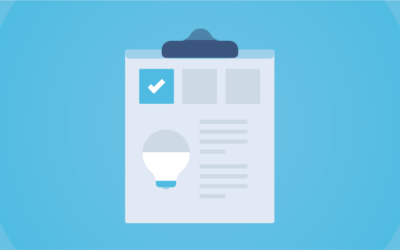For building owners and operators, optimizing the efficiency of commercial and industrial facilities can be challenging when there are so many energy-intensive processes and pieces of equipment. One significant source for HVAC optimization savings potential lies in the chilled water pumps that are integral to cooling buildings. By investing in the appropriately sized equipment, implementing an efficiency-based control strategy and incorporating regular maintenance, companies can realize long-term savings without sacrificing reliability.
Selecting Chilled Water Pumps for Efficiency
First and foremost, properly sizing and selecting pumps is crucial to sustained energy savings. Pumps should be selected to meet the requirements of a system as a whole. Why? The energy consumption required for any system depends on the flow rate of the entire system. By reviewing the entire system, the right pump for the application can be selected and the proper control methodologies can be implemented that best match pump performance to the needs of the system.
Chilled Water Pump Optimization
Chilled water pumps consume significant amounts of electricity when operating. Monitoring pump efficiency therefore requires an accurate assessment of actual consumption including such parameters as system flow, head, pump, motor and/or drive efficiency, and run time. In existing systems, the energy requirements can be measured over time as a benchmark to aid in identifying where energy consumption can be optimized.
Because system pressure varies with flow rate, it is important to understand the control sequence that is maintaining the flow and pressure in a system. Why does this matter? The way the pumps are controlled is a key component of HVAC optimization. Many facilities utilize pumping power that is not needed via inefficient control strategies, such as running chilled water pumps at constant speed. Optimization solutions like tekWorx Xpress® will determine the number of chilled water pumps and condenser water pumps necessary to deliver the required volume of water at the lowest total power per unit of cooling production (kW/ton). With Xpress®, this algorithm will often operate more pumps at lower speed rather than less pumps at higher speed to minimize pumping energy, per pump affinity laws.
Chilled Water Pump Optimization and Maintenance
Routine checkups and maintenance are necessary to ensure chilled water pumps are in good working order and functioning efficiently. Best practices include:
- Monitoring pump vibration
- Checking mechanical seals for leaks.
- Monitoring bearing lubrication and temperature
- Checking water pH and clarity
- Monitoring pump and motor shaft alignment to prevent uneven wear of couplings
Proper maintenance of chilled water pumps helps to build immunity against unnecessary wear and tear on a system while routine checkups help to ensure pumps will operate as designed for many years.



